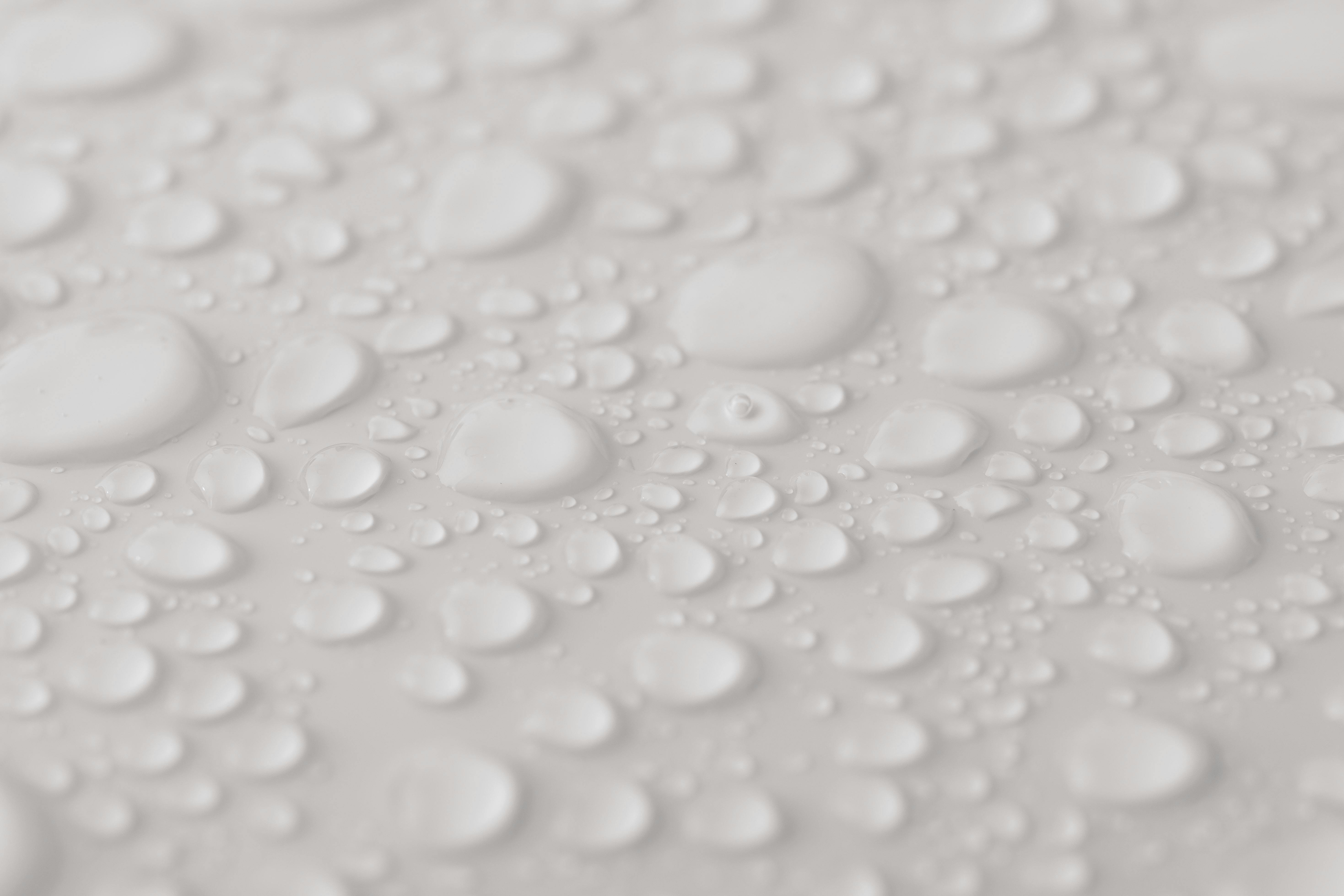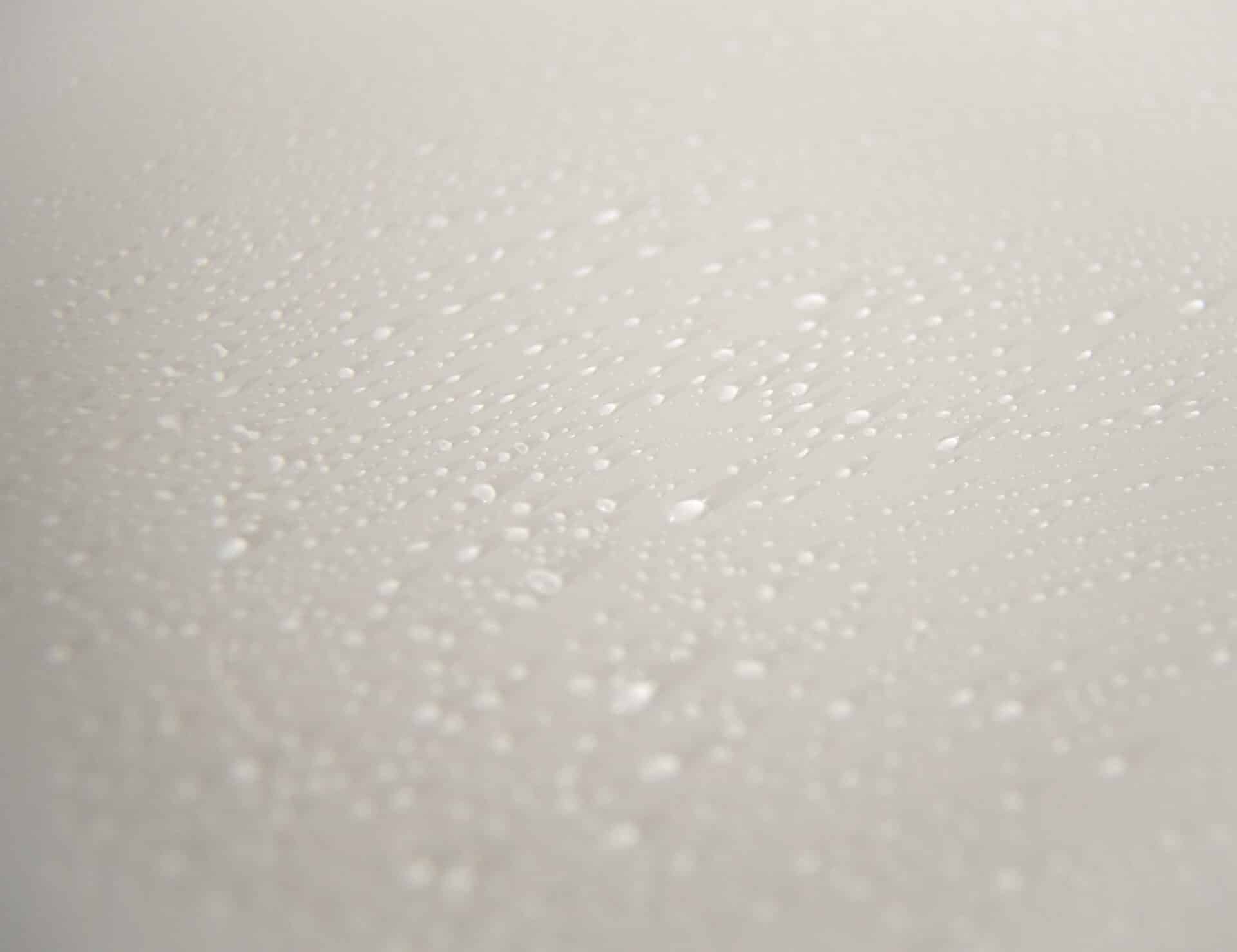Distilled water and purified water are both types of clean water but there are some important differences between them. Distilled water is created through a process called distillation, which involves boiling the water to create steam and then collecting the steam in a separate container. This removes impurities from the initial water source like minerals, bacteria, and other contaminants. Purified water is created by running the original source of water through a filtration system to remove pollutants, contaminants, and other potentially harmful substances. Both types of clean water are safe to drink and can be used for a variety of purposes.Distilled water and purified water are both types of water that have gone through a process to reduce levels of impurities. Distilled water is made by boiling the water and then condensing the steam back into a liquid. Purified water has gone through one or more processes such as reverse osmosis, distillation, deionization, or filtration. The methods used in purification can remove bacteria, viruses, and other contaminants from the water. Distilled water is free of all minerals and other dissolved solids while purified water still may contain some dissolved solids depending on the method used for purification. Distilled water is commonly used in car batteries and irons while purified water is safe for drinking.
Defining Distilled and Purified Water
Water is essential for life, and it’s important to understand the differences between the various types of water. Distilled water and purified water are two types that are often confused. Distilled water is made by boiling the water and then condensing the steam into a separate container. This process removes impurities such as bacteria, minerals, and other contaminants from the water. Purified water is created by running the water through a filtration system such as reverse osmosis or carbon filtering to remove impurities.
The main difference between distilled and purified water is in the method of purification. Distillation removes all impurities from the water, while filtration only removes some of them. As a result, distilled water has a more consistent quality than purified water. It also has a longer shelf life since it doesn’t have any impurities that can spoil it over time.
Another difference between distilled and purified waters is in their taste. Since distilled waters don’t contain any minerals or other elements, they don’t have any distinctive flavor. Purified waters may contain small amounts of certain minerals that give it
Sources of Distilled and Purified Water
Distilled and purified water are two types of water that are typically used for different purposes. Distilled water is created by vaporizing and then condensing the water, leaving behind any contaminants that can’t be vaporized. Purified water, on the other hand, is created using a variety of physical and chemical treatments to remove impurities from the water. Both types of water provide benefits for certain uses, so it’s important to understand the differences between them and where each type can be sourced.
Distilled water can most commonly be found in supermarkets or convenience stores. It is also available in large containers from companies that specialize in providing distilled or purified water. Another source of distilled or purified water is a home distillation unit, which can be used to create your own supply at home. However, it is important to note that even with these units there are still some contaminants present in the resulting water.
When it comes to obtaining purified water, there are a variety of methods used to remove impurities from the source. Reverse osmosis is one method that uses pressure to
Benefits of Drinking Distilled Water
Drinking distilled water has a number of benefits for your health. Distilled water is free of contaminants, minerals, salts, and other impurities that can be found in tap water. This means that it can help to improve your overall health and well-being. It also helps to reduce the risk of certain illnesses and diseases that can be caused by drinking contaminated water.
Distilled water is also much easier to digest than regular tap water because it has been purified using a process called reverse osmosis. This process removes all the particles from the water so that it is easier for the body to absorb and digest. It also helps to reduce the risk of digestive issues such as bloating and indigestion.
Another benefit of drinking distilled water is that it can help to improve skin health. Since distilled water does not contain any chemicals or impurities, it is gentler on the skin than regular tap water and helps to cleanse and hydrate the skin without causing any irritation or dryness. It is also known to help improve skin clarity, elasticity, and tone.
<br
Advantages of Drinking Purified Water
Drinking purified water has many benefits. By removing contaminants and other impurities, purified water can improve your overall health and well-being. It is also an environmentally-friendly choice because it reduces the amount of plastic bottles that end up in landfills. Here are some of the advantages of drinking purified water:
First, it can help improve your health by removing contaminants, such as heavy metals, pesticides, bacteria, and viruses from the water. This ensures that you are drinking clean and safe water that won’t cause any unwanted illnesses.
Second, purified water is also beneficial for those with sensitive digestive systems. By eliminating chemicals and other impurities from the water, it can help reduce symptoms associated with digestive issues such as bloating and indigestion.
Third, drinking purified water can help save money in the long run since you won’t need to buy bottled water all the time. Instead, you can simply fill up reusable bottles with purified tap or filtered water which is much more cost-effective.
<br

Contaminants Removed from Distilled and Purified Waters
Distilled and purified waters are often treated to remove contaminants that can have a negative impact on both human health and the environment. Common contaminants removed from distilled and purified water include heavy metals, chlorine, and other industrial chemicals. Heavy metals such as lead, mercury, and cadmium are commonly found in drinking water and can be extremely hazardous to human health if consumed in high amounts. Chlorine is used to sanitize drinking water but can cause skin irritation and respiratory problems if consumed in large quantities. Industrial chemicals, such as pesticides and herbicides, can also contaminate drinking water sources if not properly managed.
Distillation is a common method used to purify drinking water by removing these contaminants. Distilled water is heated until it evaporates, leaving behind the impurities present in the original water source. The evaporated steam is then condensed back into liquid form, creating pure distilled water free of contaminants. Purifying systems use a variety of filtration methods to remove impurities from drinking water sources. These filtration methods include reverse osmosis, carbon filters, ion exchange resins, ultraviolet light disinfection
Distilled and Purified Water
Distilled water and purified water are both forms of clean water, but there are some key differences between the two. Distilled water is created by boiling the water and then collecting the steam, which leaves behind most of the impurities and minerals. Purified water, on the other hand, is usually produced using reverse osmosis or activated carbon filters. Both processes remove impurities, but they do so in different ways.
The most noticeable difference between distilled and purified water is in their taste. Distilled water has a flat taste because it has been stripped of its minerals during the distillation process. Purified water still contains some of its natural minerals, which gives it a slight but pleasant taste. Depending on where you get your purified water from, it may also have a slightly salty or sweet taste due to the presence of trace amounts of minerals.
When it comes to health benefits, distilled and purified waters are both beneficial for hydration and cleansing your body from toxins. However, distilled water lacks essential minerals that your body needs to stay healthy. Drinking distilled water over an extended period of time can lead to
Cost Comparison between Distilled and Purified Waters
The cost of distilled and purified water varies depending on the type of water, the amount purchased, and the retailer. Distilled water is typically more expensive than purified water because it is processed differently.
Distilled water is created using a process called distillation, which involves boiling the water and collecting the vapor that condenses back into liquid form. This process removes impurities such as minerals, salts, and other contaminants from the water. This makes distilled water more costly to produce than purified water.
Purified water is made by removing impurities through filtration or reverse osmosis. It does not require boiling like distilled water does, so it is less expensive to produce. However, it still removes certain impurities from the water, making it a popular choice for drinking and cooking.
When looking at cost comparisons between distilled and purified waters, it is important to consider the amount being purchased as well as where it is purchased from. Retailers such as grocery stores may have different pricing for each type of product depending on their inventory or

Conclusion
Distilled water and purified water are both effective and safe for drinking, although they are both processed differently. Distilled water goes through a process of boiling and condensation that removes all solids, bacteria, and other pollutants from the water. Purified water is filtered or treated with ultraviolet light or reverse osmosis to remove any impurities. Both types of water are beneficial for hydration, but purified water may contain trace amounts of minerals which could be beneficial to health. Additionally, it is important to note that distilled water can become contaminated more quickly than purified water since it does not contain any minerals to act as preservatives.
Overall, while both distilled and purified water have their advantages and disadvantages, it is ultimately up to personal preference which type of drinking water you choose.

